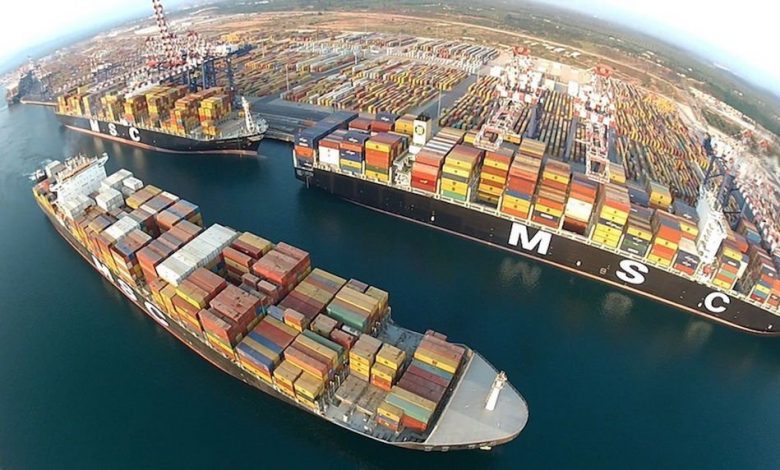Liner shipping in 2025

Regular liner contributor Lars Jensen has a new book out in which he makes some bold predictions.
The key is to understand that the industry is facing a fundamental transformation which will profoundly change the existing business models – and that this transformation will happen irrespective of the practical details such as demand growth and freight rate developments. Let us contemplate just two of the driving forces: digitisation and transparency.
Digitisation will drive a development where the entire information flow related to a shipment becomes fully automated end-to-end, including the inland parts. The efficiency gains from this will be substantial, but are predicated on a more fundamental shift – and results in the need to transform the business model. Shipping lines need to realize that to successfully navigate this transformation, digitization cannot be seen as an IT project. Surely IT is involved, but – more importantly – this requires the entire organisation to embrace process management as the core way of governing the business. Only with process management firmly in place will it be possible to digitise and automate efficiently.
However, in order to have a successful business, automation cannot stand alone. Automation in itself will serve to commoditise the industry even further, eroding competitive differentiation across the carriers. However, exceptions will always occur in the supply chain. We will continue to see weather-induced delays, port strikes, congestion, equipment malfunction, etc. As such, carriers will have the possibility to use exception handling as a competitive differentiator. Doing this requires a transformation where standardised jobs in major service centers are eliminated due to the digitisation and automation, but at the same time we will see an increased focus on having highly skilled customer service representatives in local offices to manage the exceptions.
The successful carriers will be the ones who recognise that automation and exception handling are each other’s Siamese twin. Automation is necessary to achieve operational cost efficiency. Exception handling is necessary to achieve competitive differentiation.
The other driving force we will contemplate here is transparency. An example of this is pricing transparency. We are currently seeing an increase in the availability of freight rate benchmarks in the market, and this development will continue to accelerate to the point where solid transparent benchmarks will be available in all major trades. Over the past few years this has caused headaches for the carriers. As an example, the Shanghai spot index has on various occasions been accused of being a contributing factor to the volatile rate environment. Whilst this argument can indeed be made, the underlying main factor is that the pricing and yield management models used by the carriers have not yet adapted to a transparent environment. In the coming years, we will see carriers implement new, and more sophisticated, pricing and yield management tools developed to successfully handle a more transparent rate environment for spot and contract rates.
It is clear that a multitude of other fundamental changes will take place in parallel going forward. For the carriers, these are the formative years – especially as the transformation for any single carrier is a multi-year journey. This in turn means that the carriers which manage to successfully navigate this transformation will be a strong position to not only survive, but thrive, in 2025. Carriers which do not manage this transformation are unlikely to be part of the industry in the long run.
To buy Lars’s book, Liner Shipping 2025: How to survive and thrive, click here.
This article first appeared in the latest issue of Maritime CEO magazine which readers can access for free online by clicking here.
